
views
Create a unique signature.
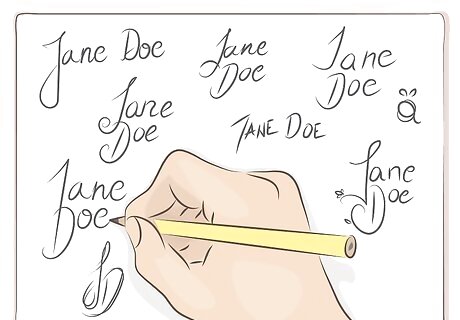
Choose a signature that's artistic and legible. Your signature should clearly identify you as the creator of the piece. Traditionally, this means using both your first and last name. If you have a particular name you use as an artist or a screen name as a digital artist, though, you might want to use that instead. For example, if you post your art online and are more well-known by your screen name than your first and last name, you might want to sign your artwork with your screen name (although you could also use both). Try writing your signature in a lot of different ways—experiment until you find the one you like the best. Remember, this is your brand! You're going to be using it on every piece of art you create, so it's important that you like it.
Use the same signature on every piece.
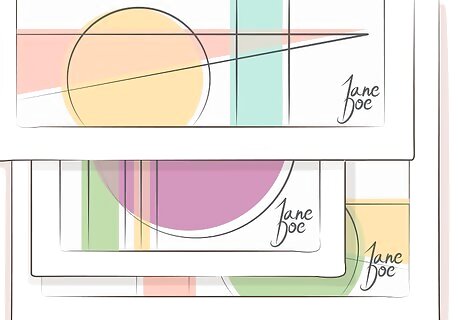
The same signature allows people to easily identify your work. Your signature is similar to a brand's logo, so it should be on every piece of art you create. As you build a fanbase, they'll find your signature immediately recognizable and know when they've stumbled on a piece of yours. If people see a piece of your art and like it, they can also use your signature to search for your name and find other pieces of art that you've created. Typically, you also want to put your signature in the same general location on each piece, so consider the place carefully—you don't want to be stuck with something that won't work for every piece you create.
Create a stamp so your signature is consistent.
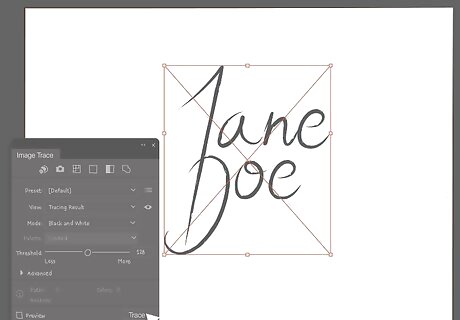
Stamp or digitally trace your signature so it's exactly the same on every piece. While some might consider this "cheating," it's really not—it's just the best way to ensure that your signature is always the same. With a stamp or template, you can also put your signature on things other than your artwork. For example, if you have a following on social media, you might decide to make mugs or T-shirts with your signature on them and sell them to your fans. With digital art, it's fairly easy to create a digital stamp that you can simply add to the piece once it's finished.
Use the same medium as your art.
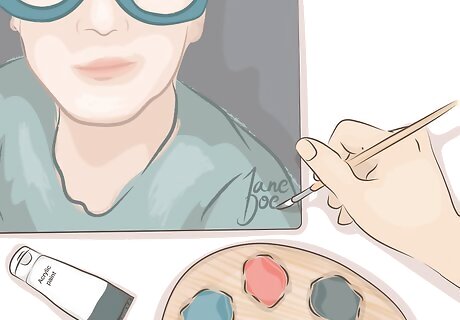
This tip applies if you've created a painting or drawing. Think of your signature as a continuation of the artwork itself. Using a different medium for your signature can be jarring and distract from the art. With a painting, you generally want to use the same type of paint that you used in the painting itself. So if you used acrylic paint, you would sign it in acrylic, while you'd sign a watercolor painting using watercolor paint. Choose a color that's distinct from the colors around it so your signature doesn't blend into the rest of the art. For some types of art, this just isn't possible. For example, if you're a photographer, you would usually sign the photo with a pen or marker.
Sign the lower right-hand corner.
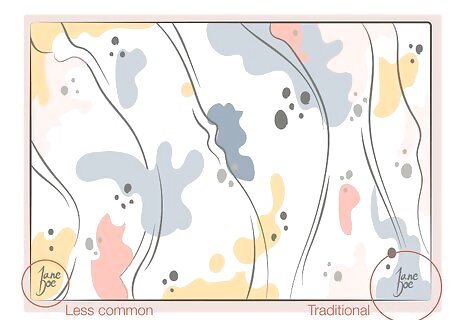
This is the traditional place for a signature on artwork. The lower right-hand corner is typically considered "the end" of a piece of artwork, so it's a natural place for your signature. Some artists use the lower left-hand corner, but the lower right-hand corner is far more common. Since this is the most common place for a signature to be, viewers of your art will automatically look there to find out the artist. If you follow this tradition, people won't have to work very hard to find your signature. If the piece will be framed, keep the likely thickness of the frame in mind when you sign your piece so your signature won't be covered up by the frame.
Include the date you finished the work.

Some collectors enjoy seeing the date a work was completed. Adding the year you finished the piece to your signature certainly isn't required, but many artists do it. If you're creating work in a series, dates are especially helpful because galleries or collectors can put the pieces in the series in proper order. Even for individual works that aren't in a series, adding the date helps your fans trace your evolution as an artist. Knowing when you finished a piece can also be valuable information that helps sell a work, particularly if the year or date has some special significance.
Add your signature to the back of your piece.

Try this option if your signature would take away from the piece. Use your own artistic judgment here. If you think your signature would ruin the message your artwork is trying to convey or the story it's telling, you might want to put it on the back instead. If you're selling prints, it's also good to hand-sign the print on the back as an additional way to identify the piece and add value to it because it's "signed by the artist." You might also include additional information about the piece with your signature on the back, such as the mediums used and date of completion.
Slip your signature somewhere in the middle of the piece.

Work your signature into the overall design of the piece. Incorporating your signature into the art itself creates an additional means of identification. Even if you sign the artwork at the bottom or on the back, the signature might be lost. This is an especially valuable technique for digital artists because a signature in the middle of the work isn't so easily cropped out. If you're worried about people stealing your work online and not attributing you as the artist, this can be a good fix.
Sign your work immediately.
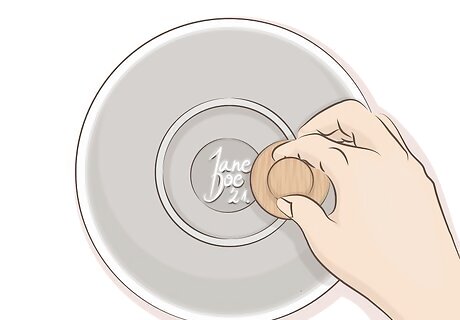
Put your signature on the piece as soon as you've finished it. If you're working in paint or clay, sign your piece before it's dry. This embeds the signature into the artwork itself so it's more difficult to remove. If you sign your work immediately, it will be more likely to fit with the overall composition of the piece. If you let the piece sit for a little while, on the other hand, you might have trouble getting back into the "zone" you were in when you originally created the work.



















Comments
0 comment